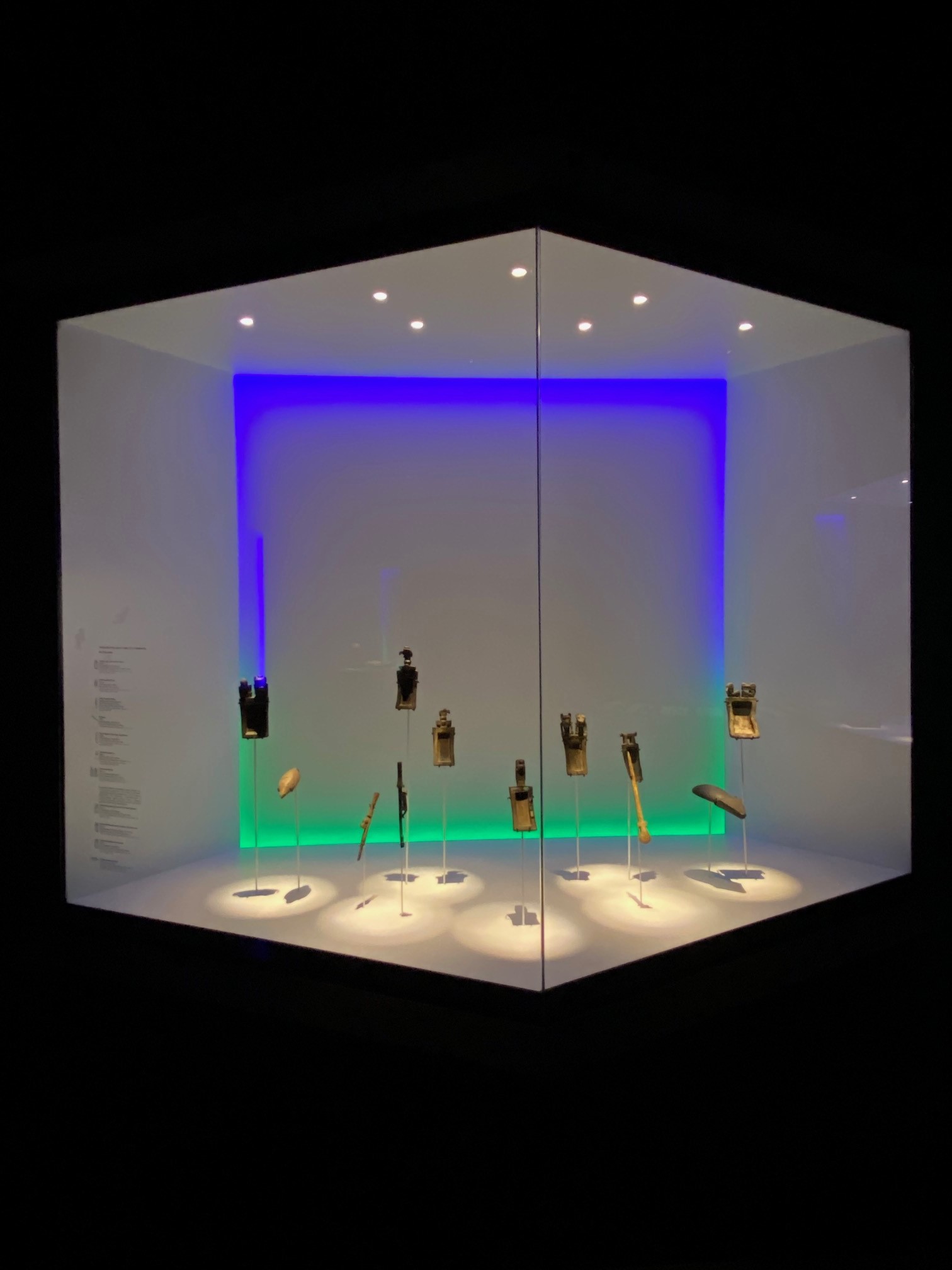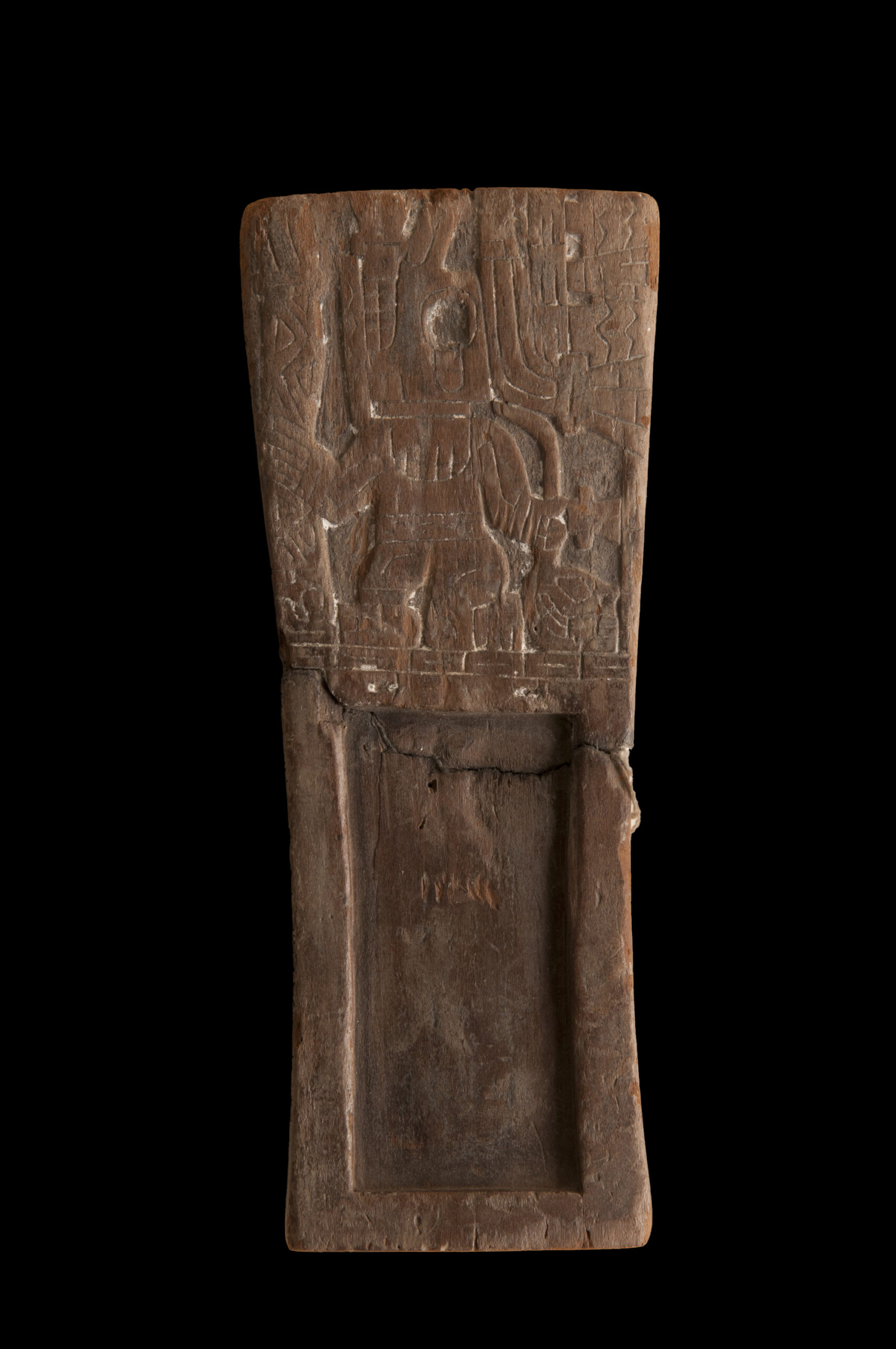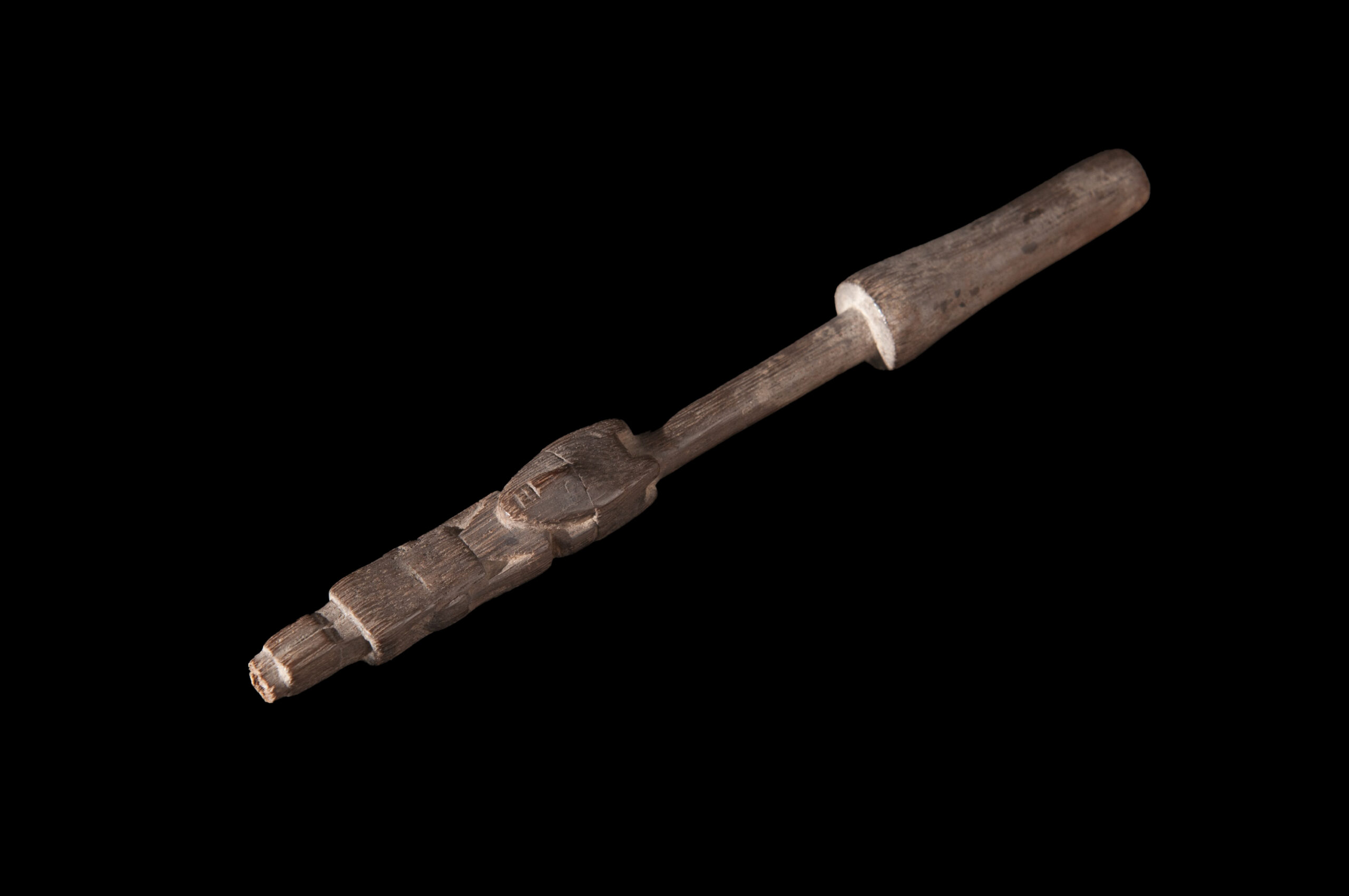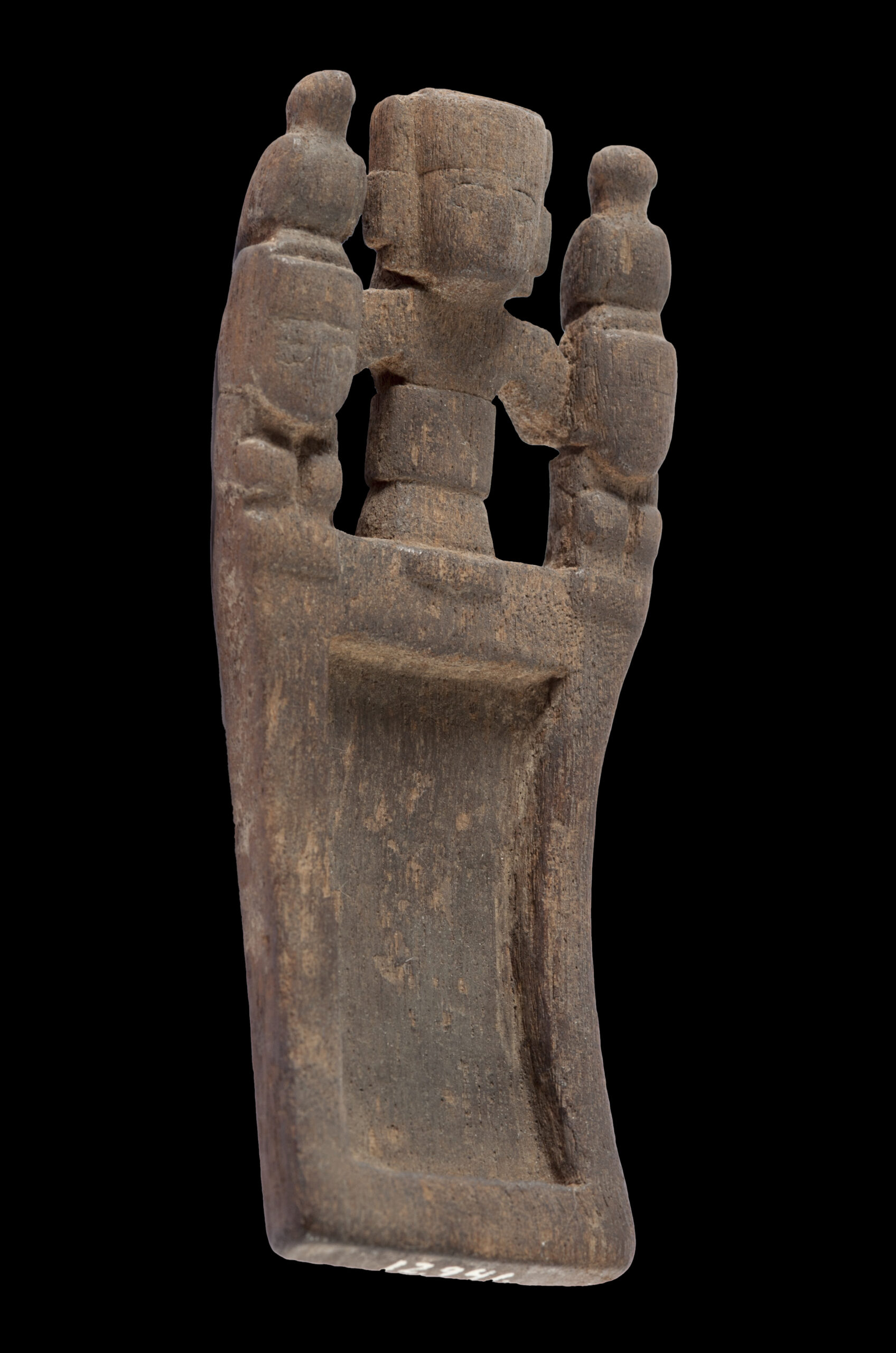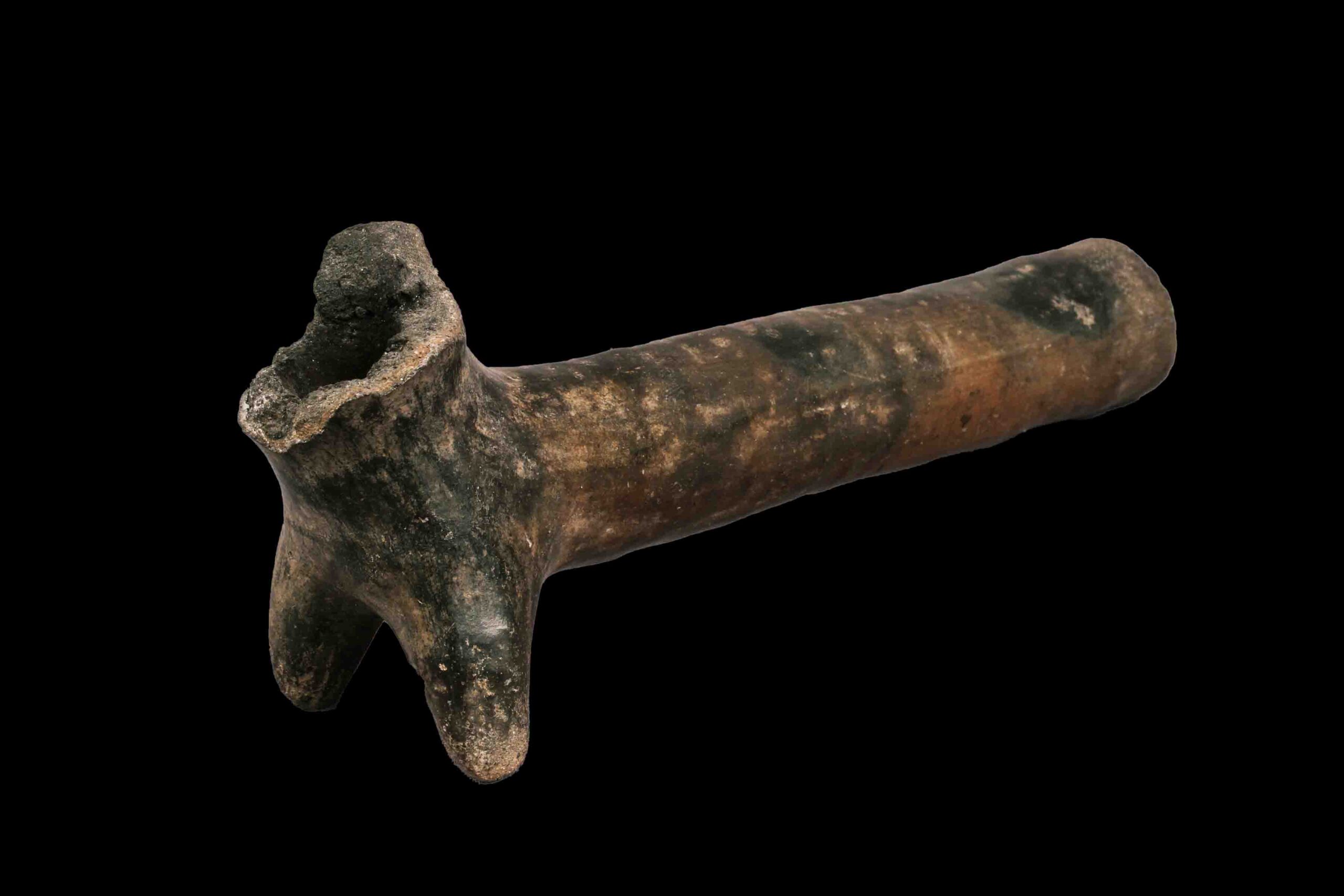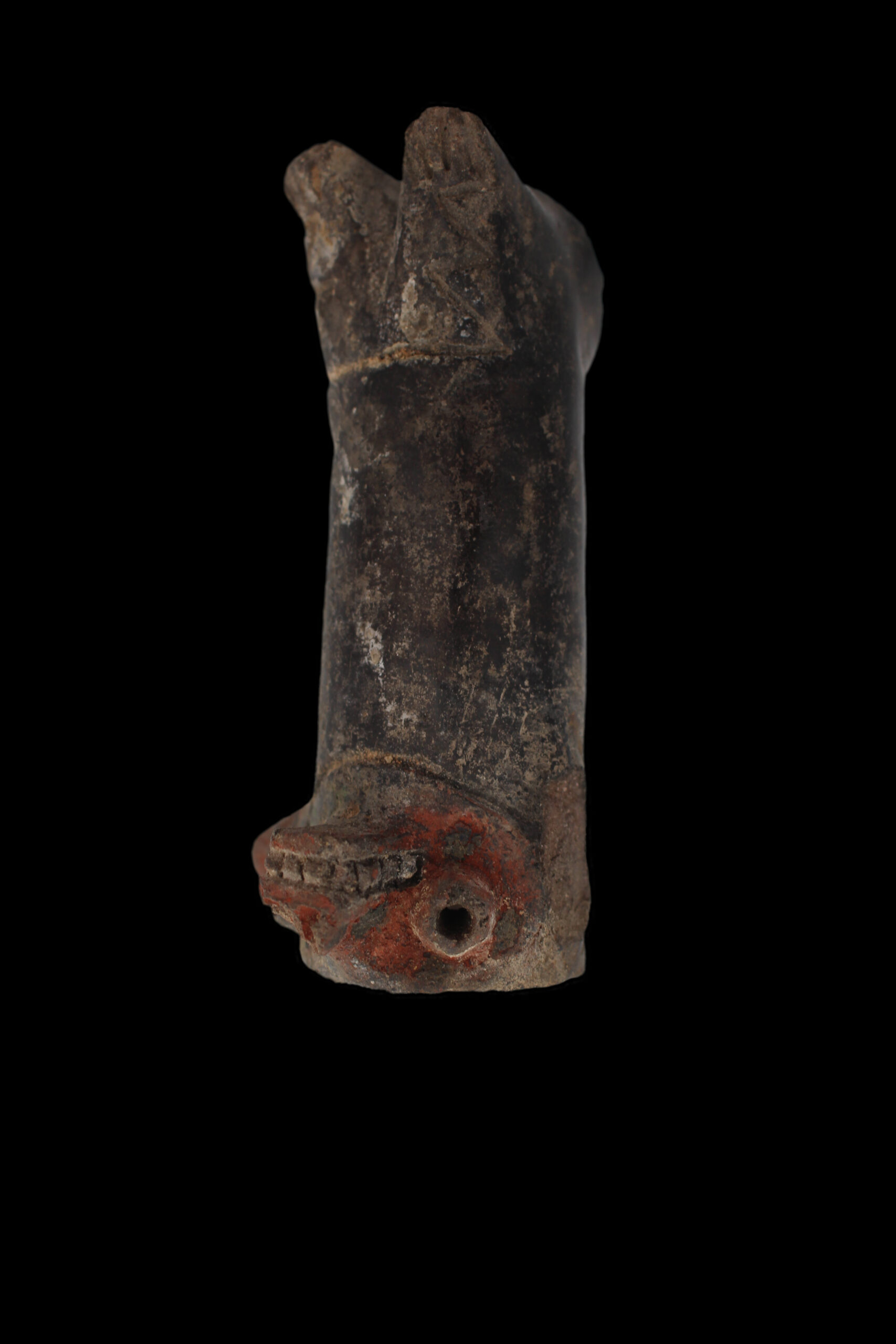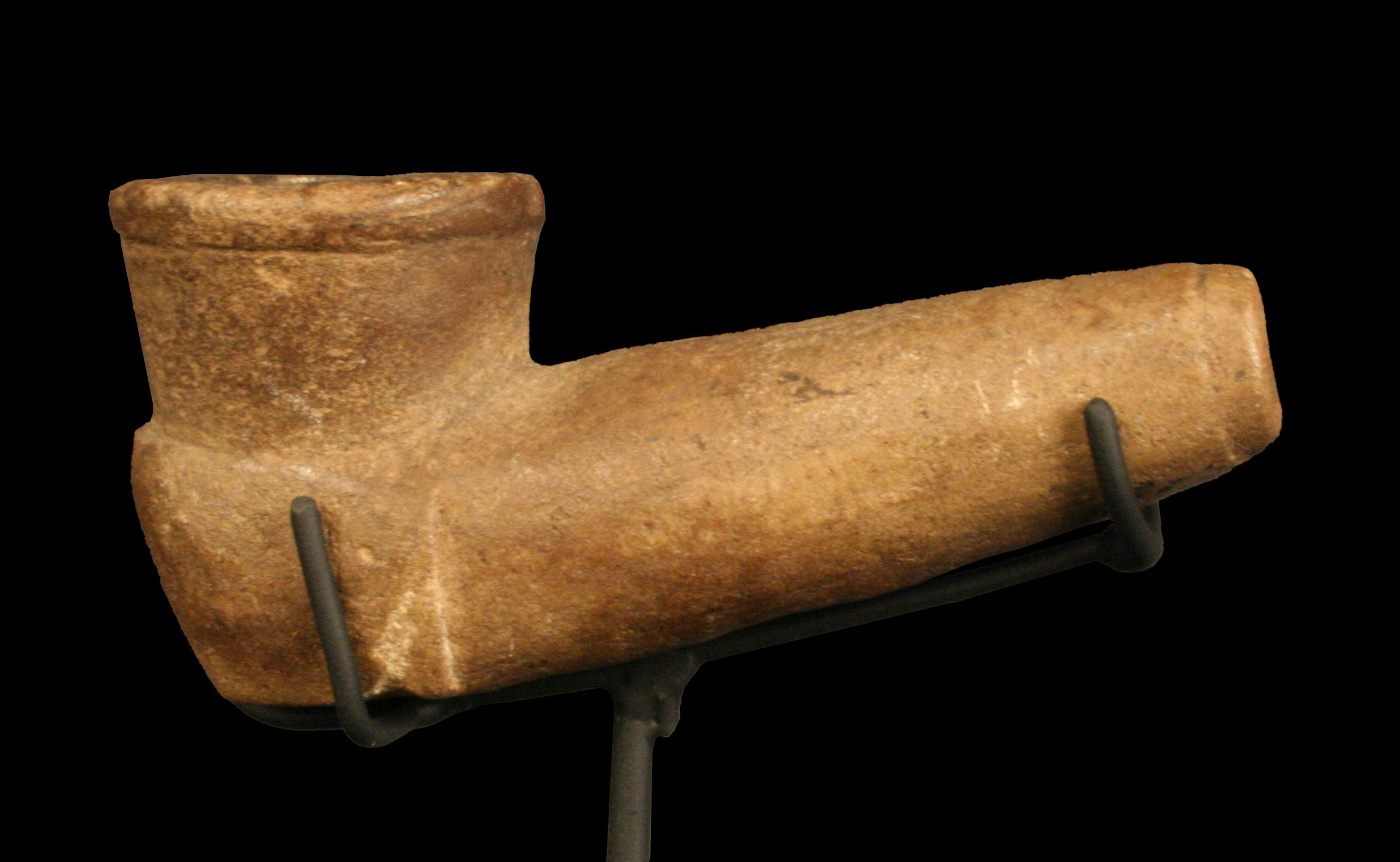Magical breathing
Nasal inhalation and oral aspiration of powdered cebil tree seeds and tobacco leaves are frequent practices in the South Central Andes. This type of consumption has affinities to breathing, and this breathing causes great modifications to states of consciousness.


